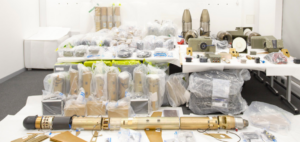US Navy loses plane as it’s blown off flight deck in Med, and sinks
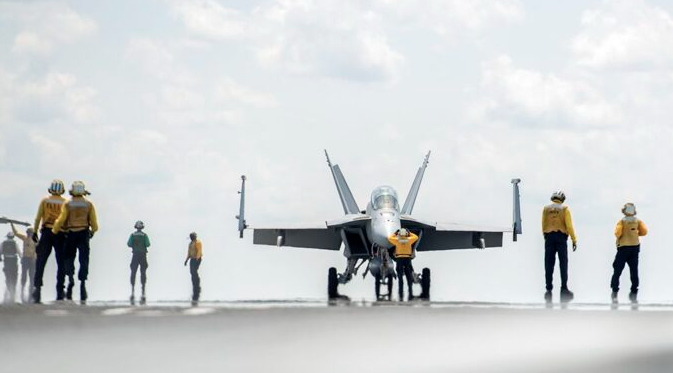
An investigation is underway after an F/A-18 Super Hornet ‘blew overboard’ from USS Harry S. Truman. The ship was in the Mediterranean when the navy plane was blown off the flight deck and in a supremely brief statement, the US Navy blames ‘unexpected heavy weather’. The carrier was conducting a replenishment-at-sea.
The weather was subsequently described as ‘an unexpected brief period of intense winds and heavy rains’. The navy adds that a sailor is in stable condition and expected to make a full recovery in an unrelated incident which happened at the same time.
“No one was on board the plane, and no personnel were in the immediate vicinity when the aircraft blew off the ship’s deck,” Cmdr. Richlyn Ivey told Stars and Stripes. Ivey also says the navy is deciding whether to recover the aircraft.
It wasn’t clear where in the Mediterranean the Truman was when the incident occurred, but USNI News reported on July 7 that the ship was in the Ionian Sea.
The incident is at least bizarre, says The Aviationist. While aircraft can go overboard during routing flight operations at sea, they shouldn’t be blown off the deck by weather. In fact, when rough seas or heavy weather is anticipated, aircraft and anything else that could potentially move, like tractors, carts, etc, are chained down when they are not used, so that they don’t fall from the flight deck. In the past, some aircraft have also been blown off the deck by the jet blast of other aircraft, as happened on Apr. 18, 1995, when a VF-21 F-14 Tomcat was blown off the flight deck of USS Independence by another Tomcat that was about to depart. Pilot and RIO successfully ejected from the aircraft and were rescued.
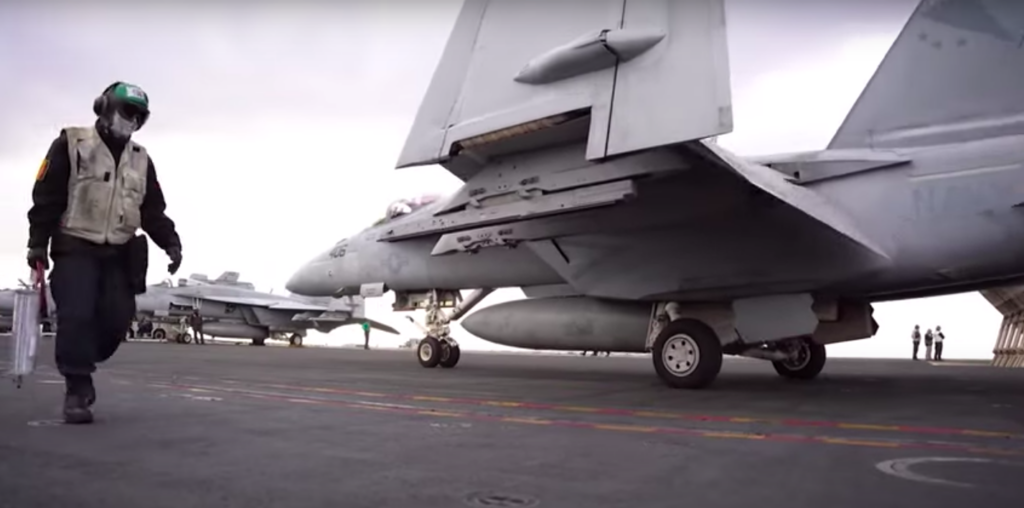
Another similar incident happened in the 1970s to an F-14 on USS Kennedy, says The Aviationist: on Sept. 14, 1976, during a cruise off the Orkney Islands the Tomcat BuNo 159588 went out of control while taxiing, rolled off the deck and fell into the sea. The crew safely ejected before the Tomcat went over the edge. Unlike the USS Independence incident, in this case the plane ended up intact on the ocean floor. Since they were concerned that the Soviets might recover the Tomcat and learn valuable secrets (especially about the Phoenix missile), the U.S. Navy launched a recovery operation: the lost F-14 was recovered two months later.
The Truman carrier strike group was deployed to the Mediterranean in December as concerns mounted about Ukraine. Since then, the ship has supported training and patrol flights in Eastern Europe, and sailed in the Ionian and Adriatic seas.
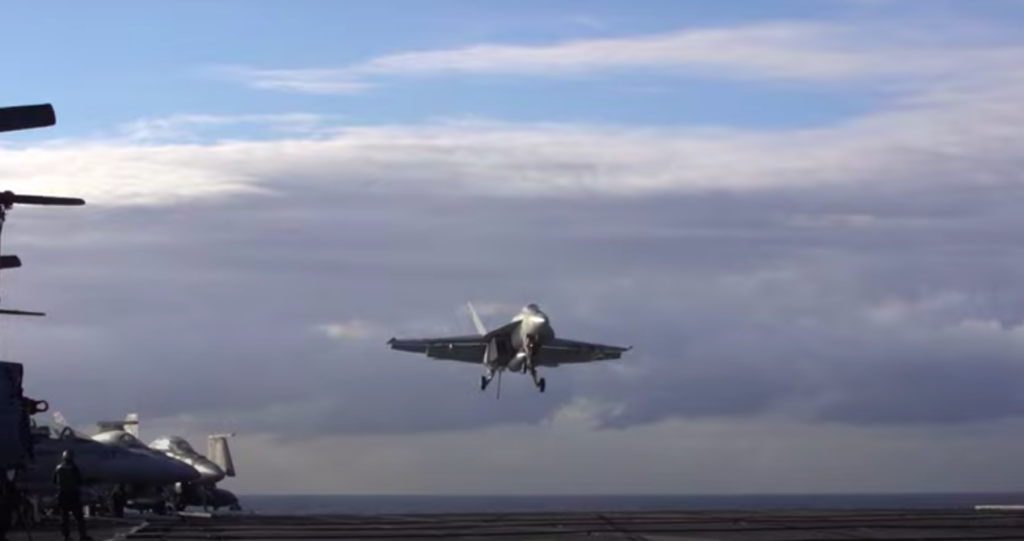
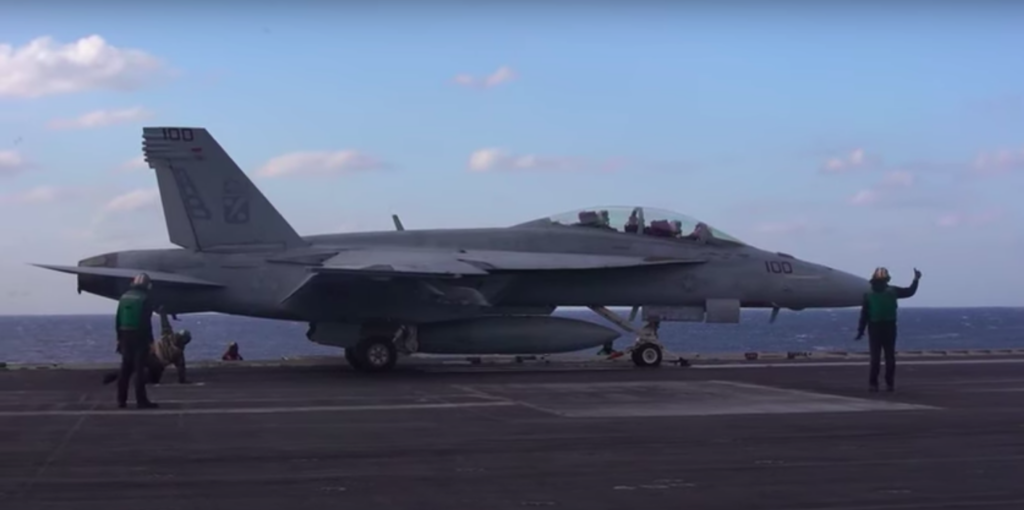
Main image courtesy US Navy’s E. T. Miller. All other images are for illustrative purposes only and come from a USS Harry S. Truman flight ops video.

